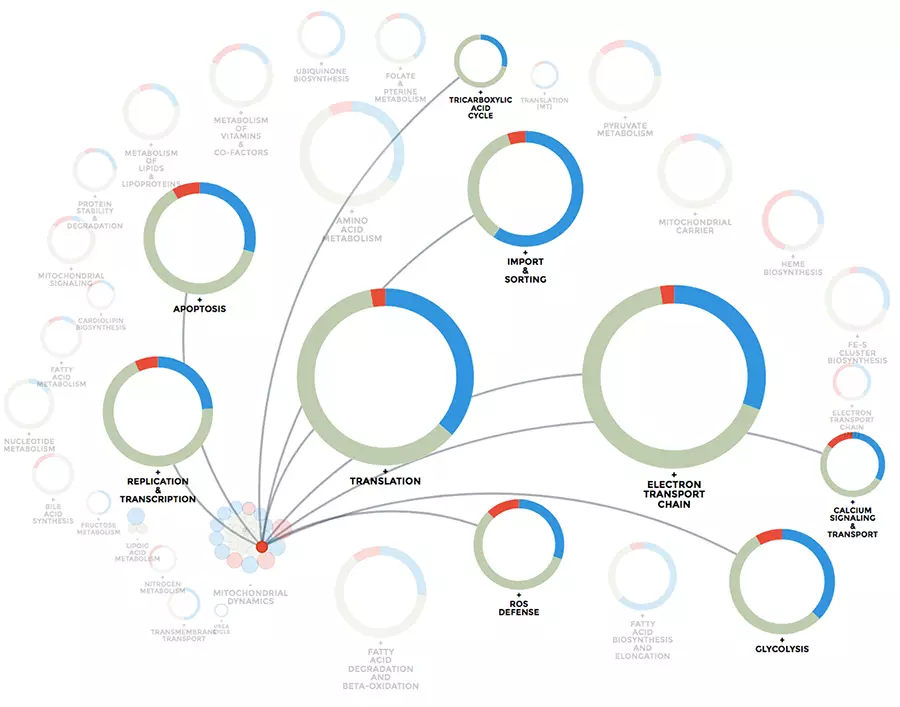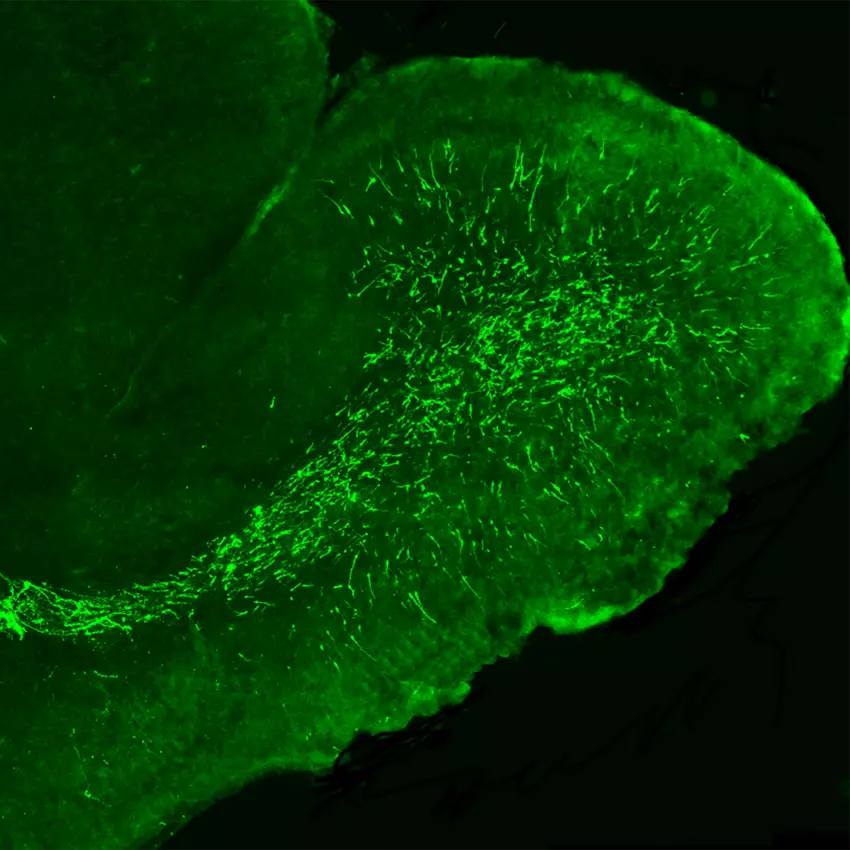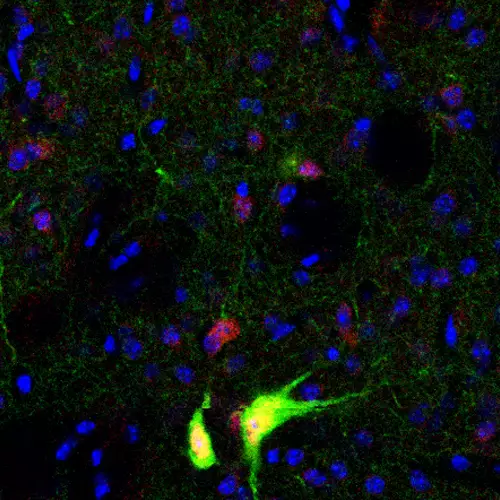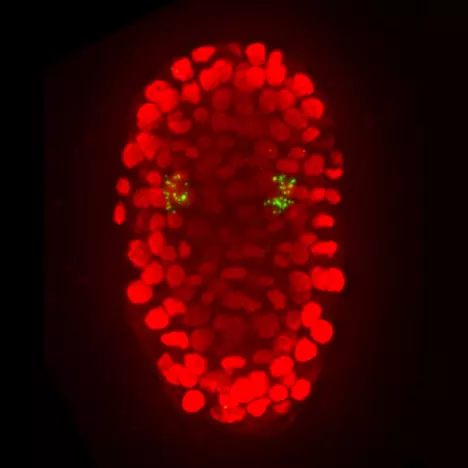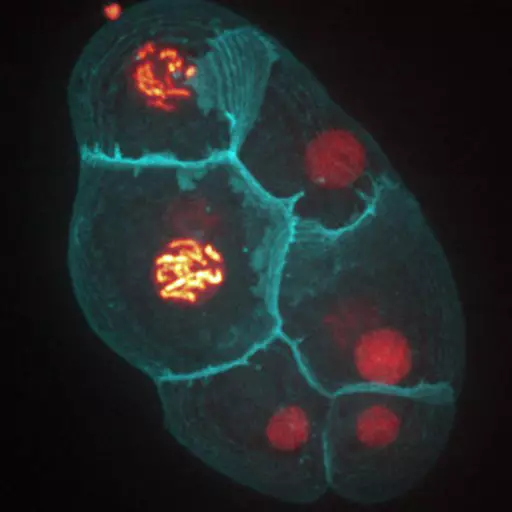The road to self:
how do cells acquire their identity?
Our bodies contain many different types of cells, such as heart, nerve, muscle or skin cells, which have very specific characteristics that enable them to do their jobs. Yet all the cells in a given organism are derived from a unique cell, the fertilized egg, and therefore contain the same genetic information. As cells proliferate during embryonic development, they progressively acquire their unique identity, guided by the expression of particular sets of genes that determine the unique properties of each cell type. At the IBDM we want to understand the clockwork mechanisms that control cell identity during development, and how the wide diversity of cell types in today’s multicellular organisms arose during evolution. To this end, we focus on the role of transcription factors and the genetic switches they control, on how non-coding RNA molecules silence genes post-transcriptionally, how biochemical and mechanical signals sent by neighboring cells are perceived and integrated to instruct cell fate or modify the metabolic state of the organism.
